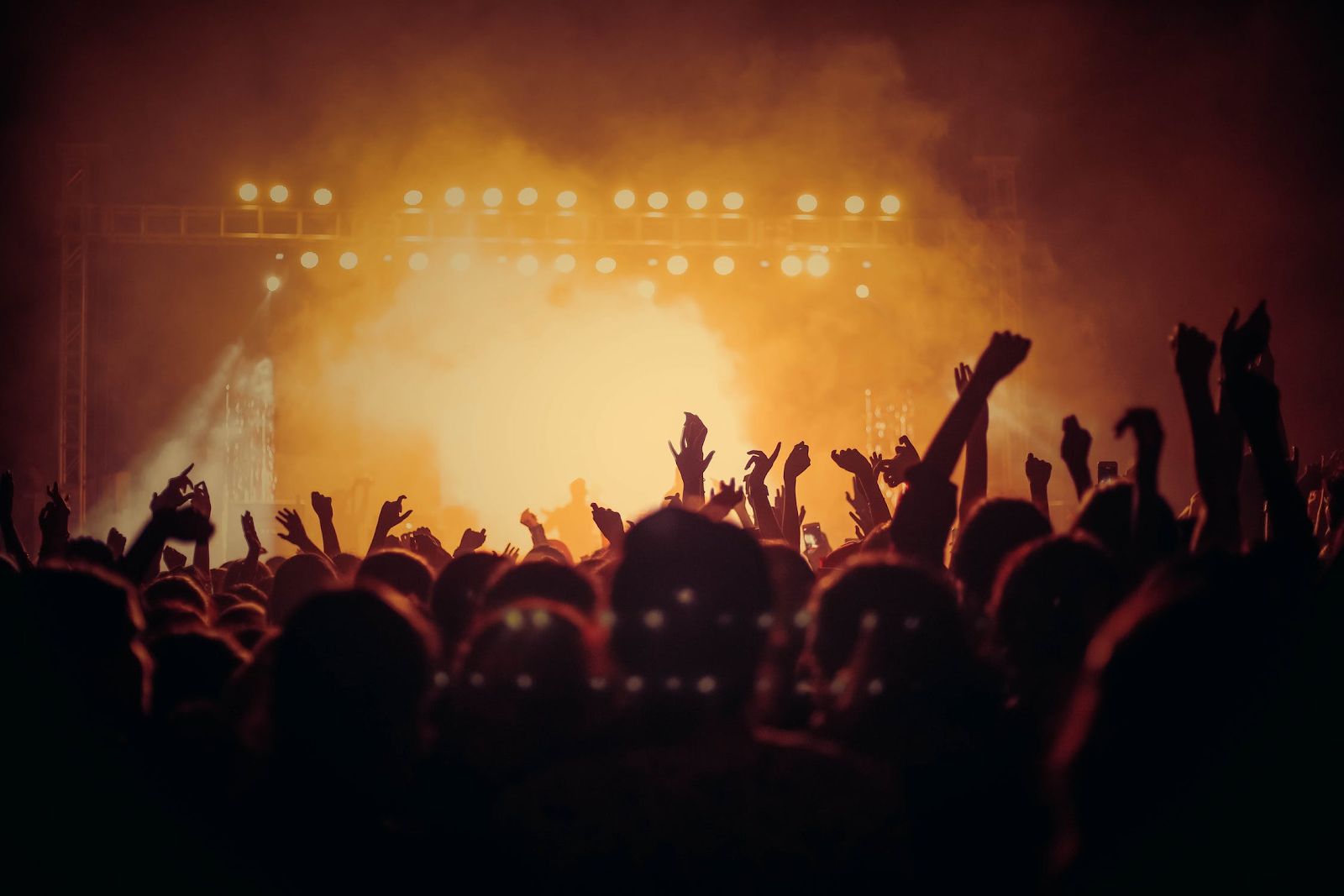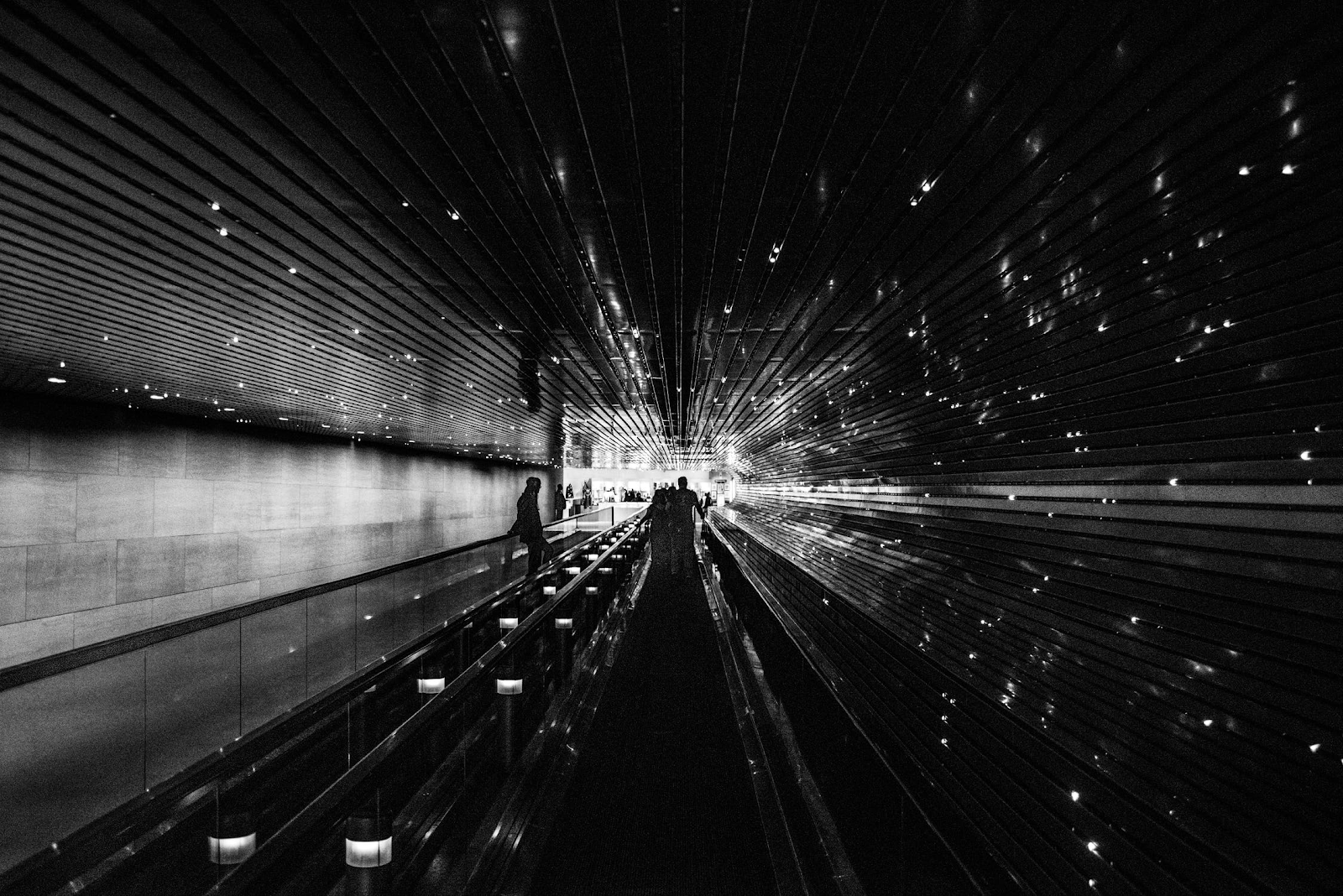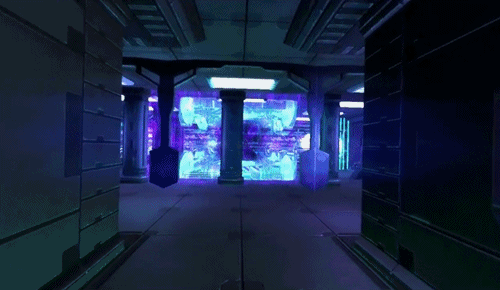
The Cannes Lions Festival of Creativity in Francedebuted recently, a gathering of creatives merging art, businesses, and technology to create the future of how brands can connect with consumers. Many of the displays exhibited XR tech (virtual/augmented/mixed reality) to further connect with individual users. Notably for the music industry, Live Nation and Hyundai partnered to offer non-festival-attendees a more digitized option…
AR Livestream. A virtual concert held from the comfort of your own home. Backstage access, live streaming of the concert, and other statistics rotate on a 360* screen. Just hold up your cellphone, and experience the music live.

But this begs the question of how consumers for the new generation collect experiences. Campaigns like the “National Day of Unplugging”often ask social media users to go “unplugged” for certain periods of time. Use that time away from your cellphone to reflect or find meaning outside social media, which often contributes to feelings of anxiety/insecurity or a culture of cyberbullying.
However, with apps like Snapchat connecting cosmetic brands with potential “try-on” makeup features long before YouTube implemented it, other businesses wish to use AR to enhance someone’s experience of an event. For example, the Live Nation AR concert above offers exclusive backstage VIP access that you could only otherwise get with a physical pass.
Other AR implementations include virtual photo-ops like photo-booths and virtual stage-design activities to pass the time for intermission.
Millennials, apparently, are seeking more experiencesto share on social media, and placing less value on actual material possessions. They want to take cooking classes or travel the world, and that’s where experiential advertising comes in.
Game of Thrones,for example, had the undead descend on London.Burger King ran a tongue-in-cheek AR app where they burn away their McDonalds competitors ads and replace them with a digital version of their own “flame-grilled burgers”.
In the age of social media, where audiences live vicariously through intense experiences like skydiving or world travel, experiential advertising offers a new competitive edge. And using XR technology like Burger King or Live Nation did, brands can offer a whole new kindof experience.

While running zombies through the streets of London takes time, people, and a makeup crew, XR tech’s capabilities are seemingly endless. You can make something out of nothing. Want to show off a new travel ad? Put in a virtual portal to explore the Eiffel Tower in someone’s backyard. Want to show a new fashion line? Have models walk down a virtual catwalk in your living room. Want someone to adopt a rescue animal? Have a virtual meet-and-greet with the potential new family members using an XR experience.
As with the benefits of technology, the potential reach isn’t limited to location or single city. You can bring these products into any home, restaurant, mall, or place with a Wi-Fi connection. You just need a digital artist and a team of developers to make “realer than real” experiences into actual reality.
*written with Sophia Whittemore
